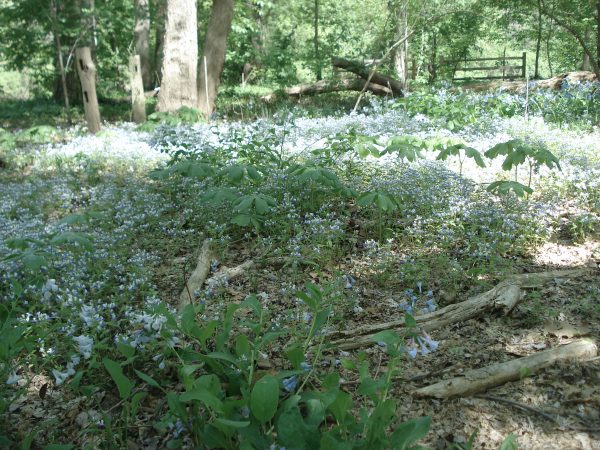
This winter has been unusually mild with February feeling like April for much of the month. Some of us are mourning the lack of a winter this year while some of us are celebrating the early warm weather, but I think all of us are eagerly anticipating the arrival of the spring natives. We’ve had several spring flower quizzes of one sort or another in the past years, but this year we thought it would be fun to do a trivia sort of quiz about some of the spring bloomers. Hopefully this quiz will add some stories to your spring explorations. We hope you enjoy learning a little more about our spring bloomers.
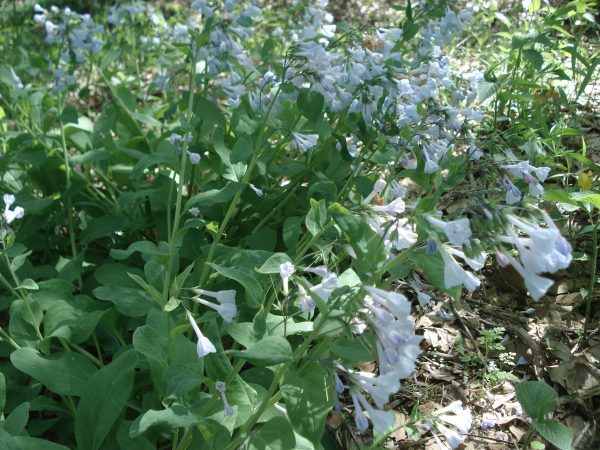
-
- Which three spring bloomers’ roots can be used to make dyes?
- mayapple, celandine poppy, wild plum
- bloodroot, celandine poppy, wild plum
- bloodroot, bluebells, blue-eyed Mary
- spring beauty, bluebells, wild plum
- Which three spring bloomers’ roots can be used to make dyes?

-
- Not all spring woodland plants get blooms each year. One of these plants when young gets a single leaf and doesn’t bloom. As it matures it will have two leaves and between these leaves you will find a single lovely flower. Which one is it?
- mayapple (Podophyllum peltatum)
- bluebells (Mertensia virginica)
- dutchman’s breeches (Dicentra cucullaria)
- columbine (Aquilegia canadensis)
- Not all spring woodland plants get blooms each year. One of these plants when young gets a single leaf and doesn’t bloom. As it matures it will have two leaves and between these leaves you will find a single lovely flower. Which one is it?
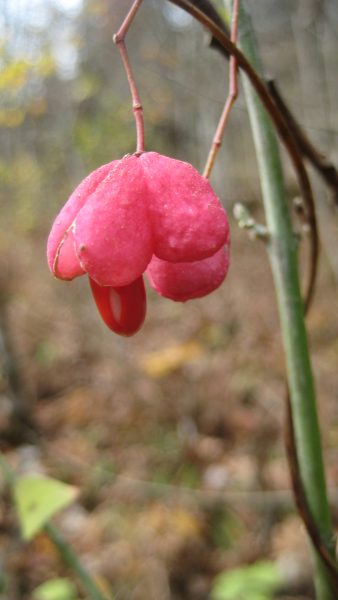
-
- This very early flowering shrub can be found on the edge of woodlands where, as we know, magical things can happen. This particular shrub has cartoonish blooms that flower very early in the spring or late in the fall (depending on the species) it’s hard to imagine that there are any pollinators out, but it gets pollinated nonetheless. The fall species blooms at the same time last year’s mature seed pods are exploding sending seeds flying up to 10 feet. Finally, it’s branches are thought to have magical powers that can find water and have been used as dowsing rods. It’s truly a wonderfully strange plant.
- ninebark (Physocarpus opulifolius)
- New Jersey tea (Ceanothus americanus)
- strawberry bush (Euonymus americanus)
- witchhazel (Hamamelis vernalis)
- This very early flowering shrub can be found on the edge of woodlands where, as we know, magical things can happen. This particular shrub has cartoonish blooms that flower very early in the spring or late in the fall (depending on the species) it’s hard to imagine that there are any pollinators out, but it gets pollinated nonetheless. The fall species blooms at the same time last year’s mature seed pods are exploding sending seeds flying up to 10 feet. Finally, it’s branches are thought to have magical powers that can find water and have been used as dowsing rods. It’s truly a wonderfully strange plant.
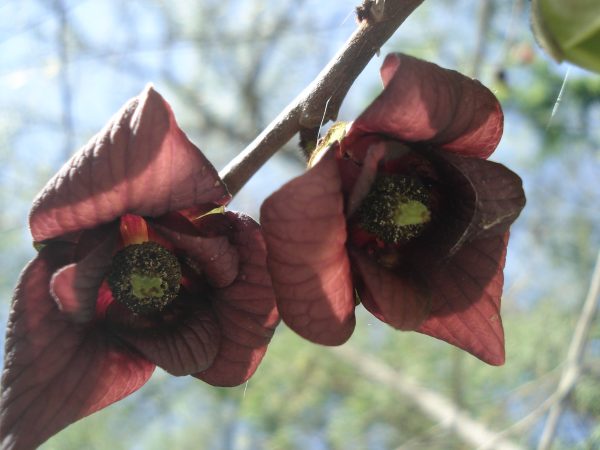
-
- For those who like to walk and snack there are some spring edible flowers you can nibble on. Which of these are edible?
- violet, red bud, black locust
- bluebells, daffodil, dandelion
- violet, spicebush, pokeweed
- mayapple, spring beauty, indian pink
- For those who like to walk and snack there are some spring edible flowers you can nibble on. Which of these are edible?
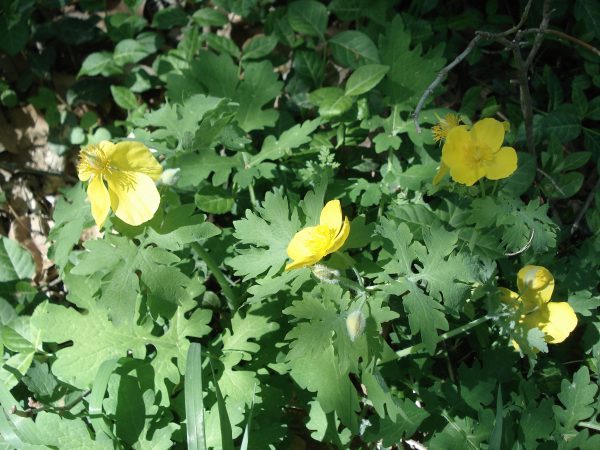
- Which spring ephemeral has the nickname, “fairy spud”?
- mayapple (Podophyllum peltatum)
- trout lily (Erythronium albidum)
- spring beauty (Claytonia virginica)
- false rue anemone (Isopyrum biternatum)
Answers
- b) bloodroot, celandine poppy, wild plum. Bloodroot (Sanguinaria canadensis) is used for red dye, celandine poppy (Stylophorum diphyllum) root makes yellow dye, and wild plum (Prunus americana) root combined with bloodroot makes a yellow dye.
- a) mayapple (Podophyllum peltatum). When you find mayapples in the LREC woods you may need to lift the large umbrella-like leaves to find the flower underneath.
- d) witchhazel (Hamamelis vernalis). A moth (the owlet moth) is the pollinator of the flower. While both native Missouri species have seed pods that explode and send seeds flying, only the fall blooming witchhazel has blooms and seeds at the same time. At LREC we only have the late winter blooming witchhazel (Hamamelis vernalis) which you can find near the greenhouse and in the savanna area near the glasshouse.
- a) violet, red bud, black locust. Black locust blossoms are often out of reach, but violets and redbuds are usually very handy.
- c) spring beauty (Claytonia virginica). Spring beauty is one of the first blooming spring flowers. The edible “fairy spud” is the tiny tuber (¼” to 2”) of the plant that grows about three to four inches below ground. It takes a lot of collecting to make these worth eating, but if you have a large crop and are up to the challenge you can boil them first to remove the outer jacket and then fry in oil with salt and pepper.